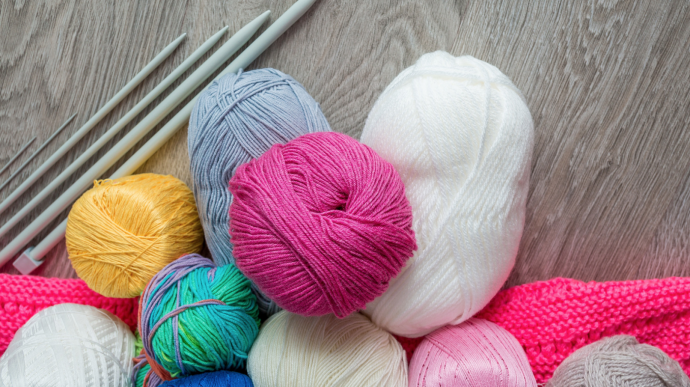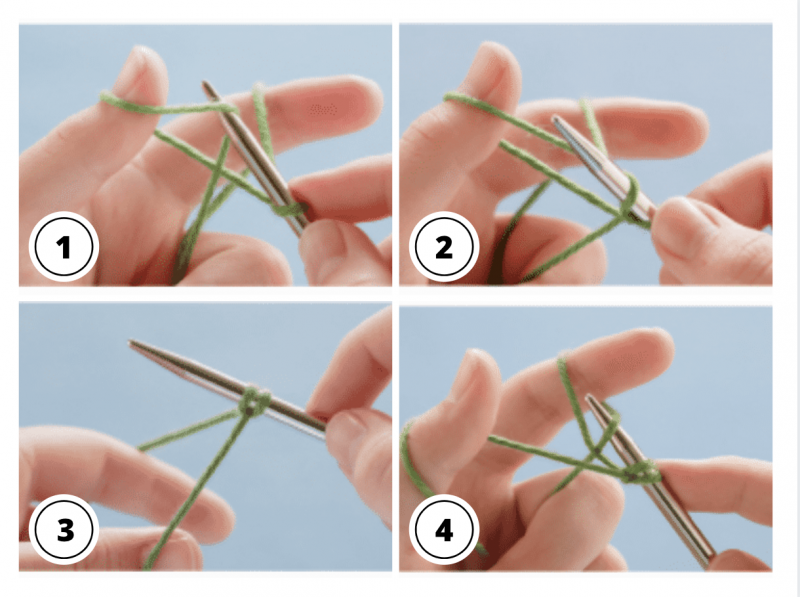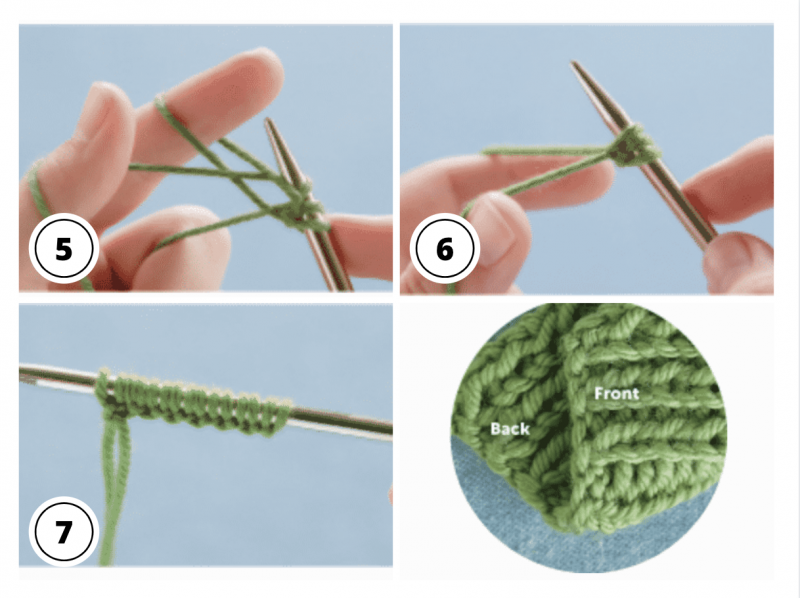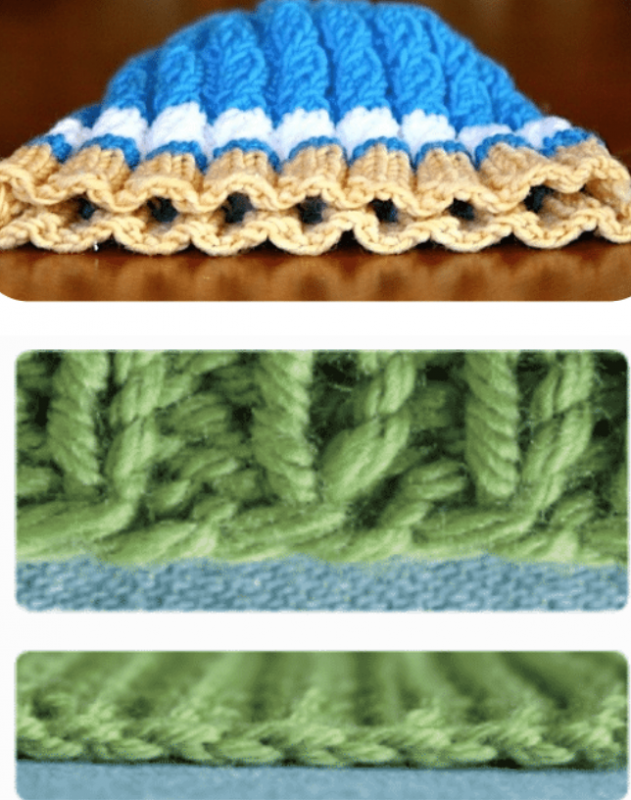Knitting Basics: Alternating Long-Tail Cast On

The Alternating Long Tail Cast On alternates a traditional longtail cast on with a reversed long-tail cast on that mimics the purl stitch. There are several benefits. First, it looks more interesting than the standard chain edge but it’s more functional also. The cast on has more give and in enhances the flow of the rib stitch. Here’s how it works. Set up just as you would for a long tail cast on with plenty of yarn for the tail. This cast on uses approximately the same length. The tail is on the left over the thumb as usual.
‣ Knit stitch (standard): the needle travels behind and through the thumb loop from left to right, over to grab finger yarn, and bring it back through the thumb loop.
‣ Purl stitch: the needle travels to the outside of the finger loop, through the loop from right to left, then over to the thumb yarn. Grab the thumb yarn from beneath and bring it through the finger loop.
Before You Begin
When working the alternating long tail cast on, you begin by tensioning your working yarn and yarn tail in the slingshot position. The motion for casting on a knit stitch is the same as the standard version. The motion is almost reversed to cast on the purls.
Characteristics
1. Make a slip knot, leaving a long tail, and place it on the needle. Hold yarn in the slingshot position.
2. Reach the needle under and into the loop on the left thumb.
3. Go over the yarn on your left forefinger and bring that yarn through the thumb loop.
Drop the yarn off your left thumb and gently tighten (not too tight!) the loop on the needle.
For a Purl Stitch
4. Reach the needle to the outside of the index finger and insert it from underneath up into the finger loop.
5. Reach the needle under the yarn coming from the needle to your thumb and pull that yarn back through the finger loop.
6. Drop the yarn off your finger and gently tighten the loop on the needle.
7. Alternate casting on knit and purl stitches as required for your ribbing, for the desired number of stitches.


This variation of the Long-Tail Cast On can be used for pieces that start with ribbing. It has the same elastic properties as the Long-Tail and makes a neat edge. You can use it to create any pattern of ribbing by alternating the knit and purl cast-on stitches as needed.

